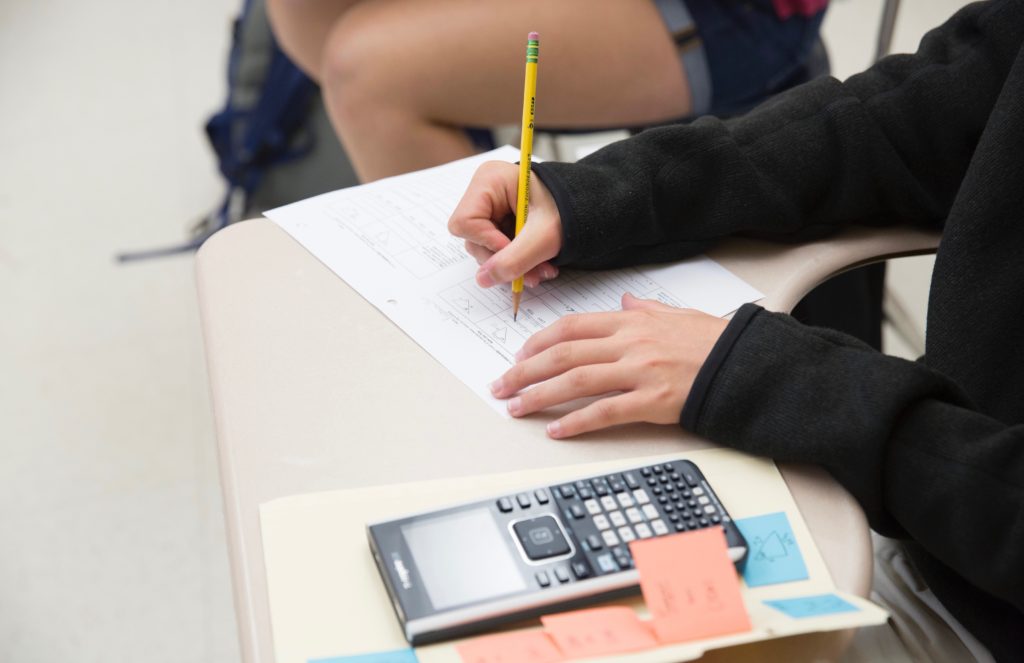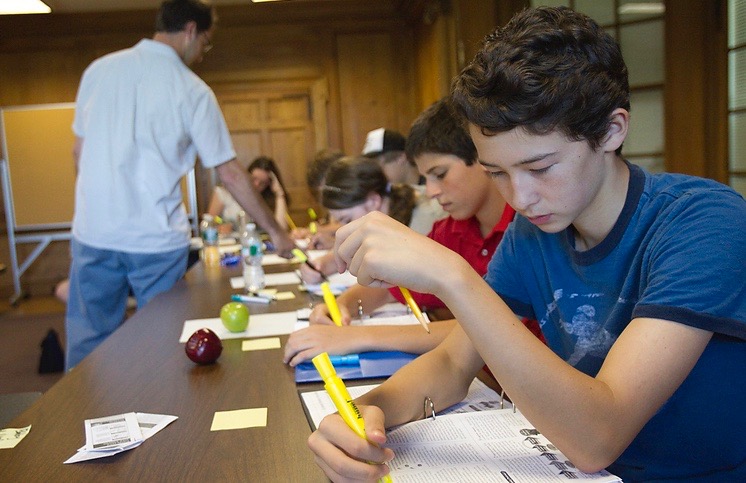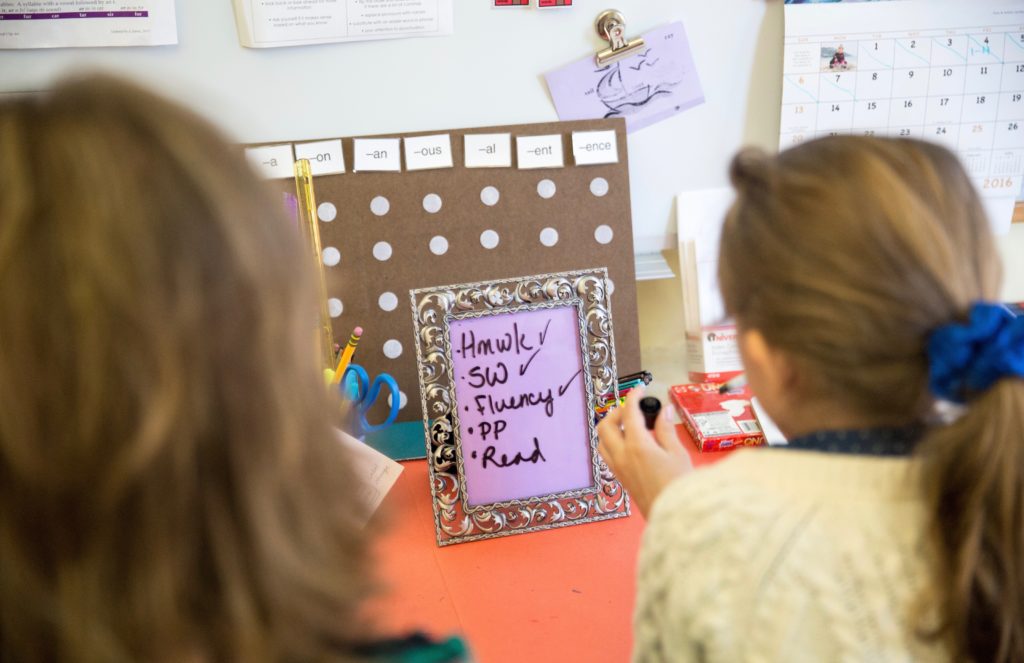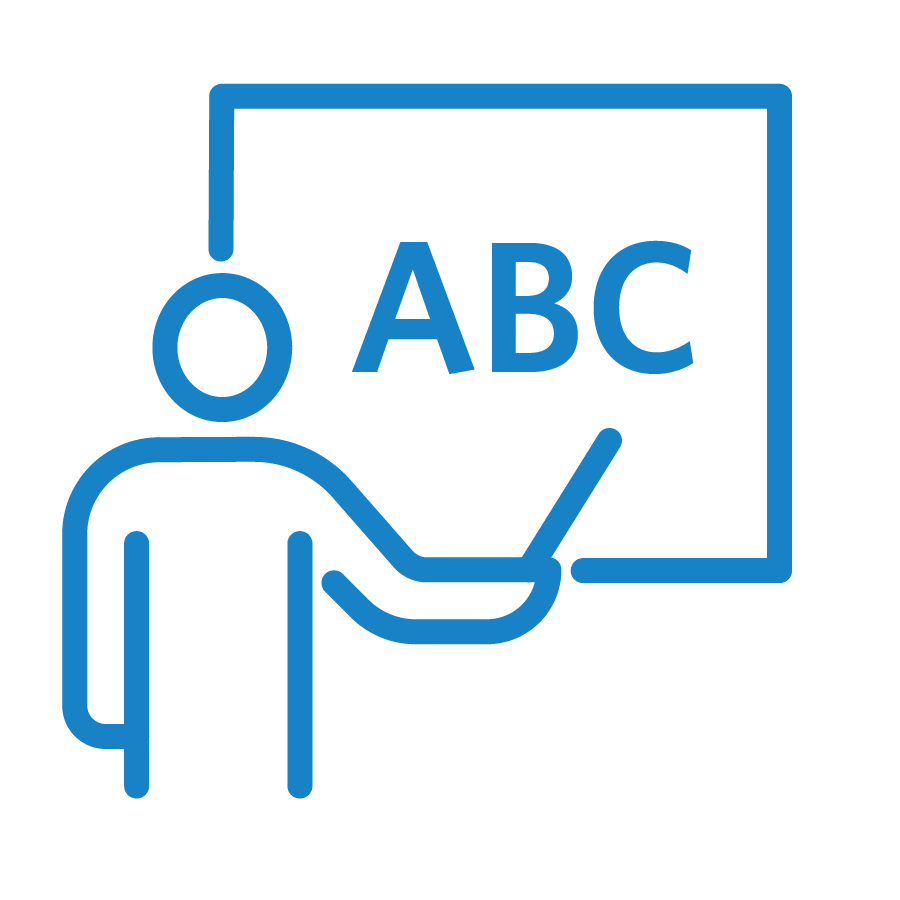Filter resources by:
Select a filter from the drop down menu to apply the filter. Page reloads upon selection

Aug 24, 2016
Collaborative Strategic Reading: Preview
The first tenet of CSR is preview, which consists of two activities: (a) brainstorming and (b) making predictions. With these activities, the goal is two-fold: get the students to think about (a) what they know about the topic and (b) what they think they will learn by reading the text. In coordination with the Landmark
Read Strategy
Aug 22, 2016
Executive Function and Action
There are many aspects of executive function—from activation to focus, to effort, emotion, and memory. The final component is action, which Thomas E. Brown notes in his article “Executive Functions by Thomas Brown,” incorporates both monitoring and self-regulating. However, without knowing what a teacher expects, students will have more difficulty determining if they are on
Read Strategy
Aug 21, 2016
Executive Function and Memory
The ability to access and utilize memory is an important part of executive function. Thomas E. Brown, of Yale University, highlights memory as one of six clusters of executive function. He writes: “Chronic difficulties with memory appear to be a core problem… but the impairments are not generally with long-term storage memory; instead they involve
Read Strategy
Aug 20, 2016
Executive Function: Addressing Emotion through Communication
Students’ emotional responses to challenging situations can influence their concentration, perseverance, application of learned skills, and interactions with others. Abraham Maslow’s expanded hierarchy of needs explains how physical and emotional safety must be satisfied in order to allow people to address cognitive and higher levels of human needs. In order to better create space for
Read Strategy
Aug 19, 2016
Executive Function and Effort
We can enliven students’ effort by making sure they are “ready to learn.” We need to help students define a clear purpose for the activity, give specific directions, provide references (such as agendas or steps for a process), and offer cues to begin or transition to the next step. Furthermore, requiring students to brainstorm their
Read Strategy
Aug 18, 2016
Executive Function and Focus
Sustaining focus (and effort) for long enough to complete a task, and shifting focus to a new task when appropriate are vital executive skills. Students who have difficulty sustaining and shifting focus benefit from being taught how to (and practicing) analyzing and breaking a task into sub-tasks or steps to follow. First, students need to
Read Strategy
Aug 16, 2016
Categorizing as Practice and Review
Asking students to categorize information can help them practice and review and works towards helping them develop automaticity. Automaticity enables students to focus their attention on applying knowledge and skills in complex situations. While worksheets and drills provide practice, another activity that students enjoy is categorizing cards. This multisensory strategy for review and practice is
Read Strategy
Aug 13, 2016
Modeling Writing in Content Areas
To help students understand expectations for writing assignments, modeling writing in content areas can be beneficial. Providing models or templates for students does not mean doing an assignment for them. Models allow students to see what the teacher’s standards and requirements look like in a finished product, and offer them a point of comparison for
Read Strategy
Aug 9, 2016
Routines for Success
Creating routines for success can help students engage in classroom activities. We often talk about students’ success in relation to assessments and assignments, but their success in classroom discussions is equally important. This resource shares classroom discussion strategies related to the first of Landmark’s Six Teaching Principles™, “Provide Opportunities for Success.” When teaching lessons, begin
Read Strategy